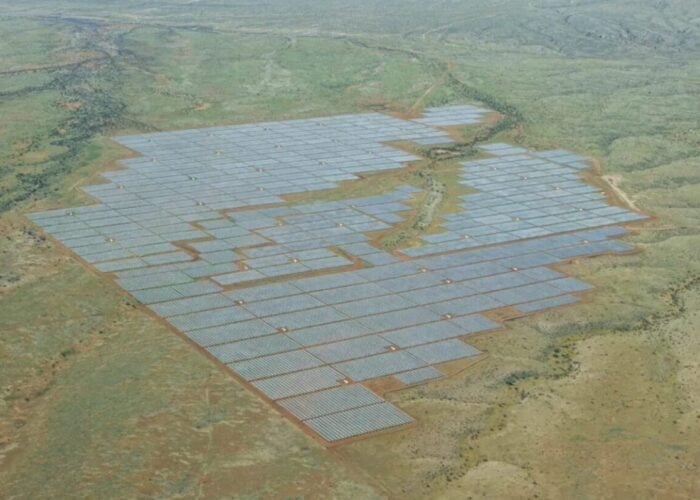SunPower has said that after talks with its various Japanese-based suppliers, none have sustained major damage to their facilities, though “certain operations are currently disrupted due to infrastructure issues,” the company stated.
PV-Tech has highlighted that rolling blackouts have been implemented in the areas electricity is supplied by Tokyo Electric Power Co (TEPCO), covering Tokyo, Tochigi, Gunma, Ibaraki, Chiba, Kanagawa, Saitama and Yamanashi prefectures.
Unlock unlimited access for 12 whole months of distinctive global analysis
Photovoltaics International is now included.
- Regular insight and analysis of the industry’s biggest developments
- In-depth interviews with the industry’s leading figures
- Unlimited digital access to the PV Tech Power journal catalogue
- Unlimited digital access to the Photovoltaics International journal catalogue
- Access to more than 1,000 technical papers
- Discounts on Solar Media’s portfolio of events, in-person and virtual
Though this has limited impact on cell and module operations in Japan, also largely unaffected by the earthquake – production of polysilicon and ingots is highly unlikely to be restarted in prefectures expected to suffer rolling blackouts.
However, PV-Tech has received reports that polysilicon producer, M.Setek has been impacted by the disaster with a plant affected by the tsunami, causing damage to facilities and equipment, though it should be noted that specifics and secondary confirmations are not yet forthcoming.
According to a research note from Jeffries International, M.Setek’s plant in Soma, Fukushima Prefecture and its proximity to Sendai (major tsumani impact zone), had been damaged and that it was making the assumption that the Soma plant would not be in production for the remainder of 2011. The prefecture is also at the centre of the TEPCO operated nuclear power station that has three reactors in potential meltdown with a 20km exclusion zone now in operation.
SunPower did specifically note in its statement that polysilicon supplies from Japan accounted for less than 10% of its total needs for the second quarter of 2011, without mentioning supplier names. Jeffries noted that M.Setek was believed to be a supplier to SunPower.
However, SunPower also noted that it, “would seek to replace any polysilicon from alternate sources to the extent events in Japan warrant such action.”
As a result, SunPower said that it didn’t expect any change in its 2011 production guidance.
Another polysilicon producer, SUMCO has two plants in the north east region but as yet there has been no official statement from SUMCO regarding any possible disruptions to supply.
The Jeffries research note also noted that another major Japanese polysilicon producer, Shin-Etsu had closed three semiconductor wafer plants and had 35%+ share of worldwide semiconductor wafer market.
As M.Setek has only released minimal information concerning disruptions, via its majority shareholder, AUO of Taiwan, SunPower may have covered itself as to the real issue by specifically mentioning polysilicon but didn’t reveal exact details, due to its supplier yet to specifically provide more detailed information on whether its plant in Soma has suffered longer-term issues.
AUO said previously in a statement that, “According to latest understanding for the time being, all employees and facilities remain safe and no major damage incurred by the earthquake and tsunami is reported. As to when the facilities resume operations will depend on the recovery status of the local infrastructure.”
Jeffries noted that any polysilicon/wafer supply issues in Japan would have minimal impact on the PV industry due to the current availability and multiple sources of supply.
With most PV suppliers in Japan having given some detail on the initial impact from the natural disaster attention is focused on supply constraints over the coming months, not least from energy supply constraints rather than general infrastructure issues as the majority of PV producers have limited exposure to the problems faced in the north east prefectures.






